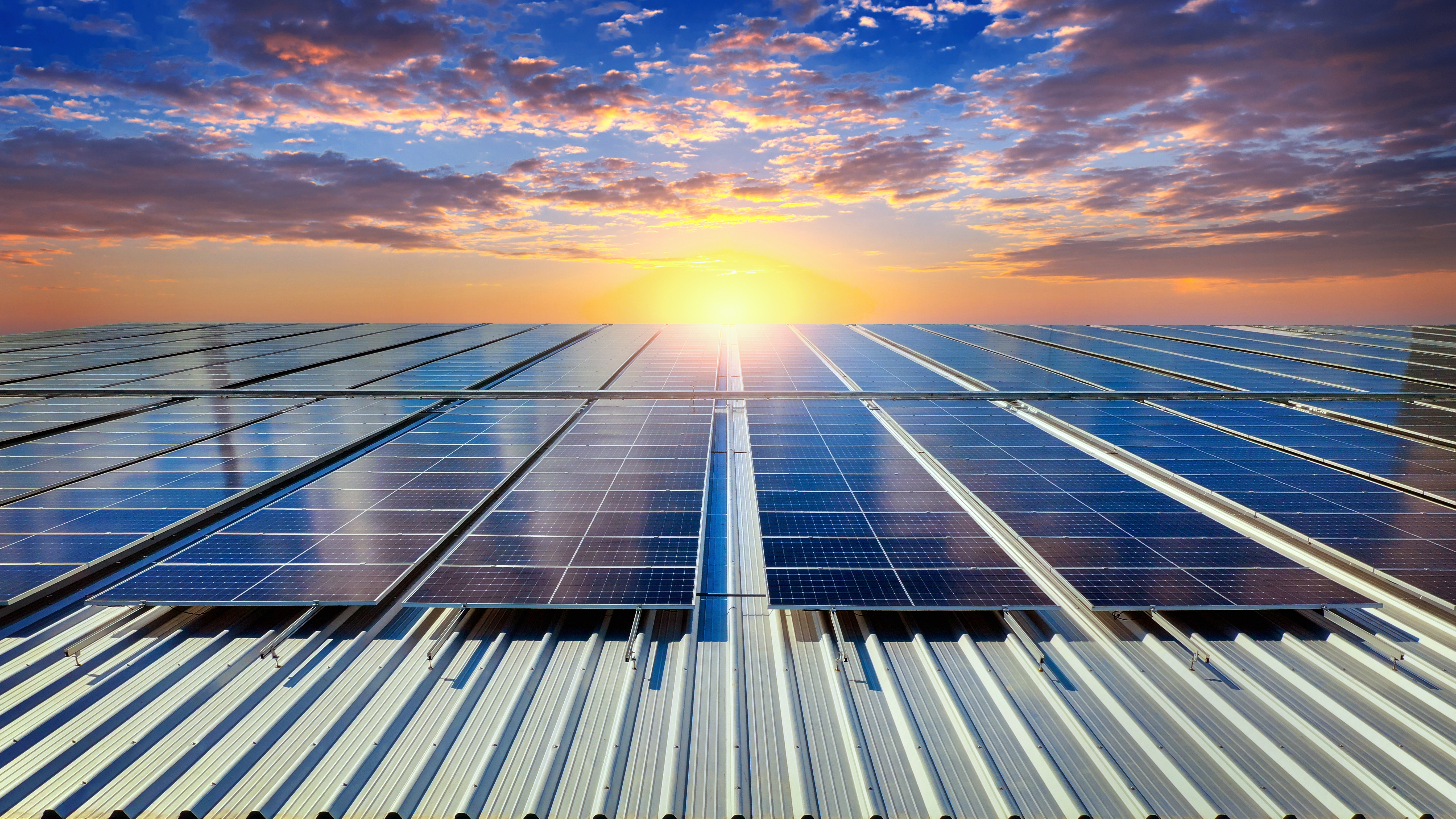Saudi Arabia and other GCC countries are in a position to become, “not just a major source of renewable energy, but also a central and indispensable player in the global energy transition, uniquely able to balance supply and demand for all types of energy, both hydrocarbons, and renewables.”
In a policy memo published by the Atlantic Council “What will it take to make the MENA region a renewable energy powerhouse?“, authors Shihab Elborai, Anthony Yammine, and Pavel Popikov argue that,
“Saudi Arabia and its Gulf Cooperation Council (GCC) neighbors stand as a pivotal force in the global energy landscape. Beyond their stature as premier fossil fuel producers and exporters, these nations play a crucial role in effectively coordinating and regulating the production and sale of oil globally. Through strategic measures, they have endeavored for decades to stabilize prices and maintain a consistent oil supply to the international market. In doing so, they mitigate the risks of excessive price volatility that could undermine demand or deter essential investment in supply.
At a time of rapid growth in renewable energies such as solar and wind, it would be easy to write off the region (as some are doing) as a waning power, both in terms of energy and geopolitics. After all, how good can the outlook be for petrostates in a world focused on moving to net-zero emissions? In our view, the opposite is true: the region is well placed to become not just a major source of renewable energy, but also a central and indispensable player in the global energy transition, uniquely able to balance supply and demand for all types of energy, both hydrocarbons, and renewables.” [Quote1]
The authors see Saudi Arabia and GCC countries are moving faster than the rest of the world realizes as a result of investment, infrastructure and political determination. Critically,
“The abundance of both fossil and renewable resources means that, at every point on the path from a hydrocarbon-based energy system to a fully decarbonized one, GCC countries can deliver the cheapest configuration for the desired CO2 emissions level without compromising on energy security. In other words, they are well placed to continue with their role of balancing supply and demand—not just with oil and gas, but in a new, green era with a full range of energy resources, both renewable and traditional.” [Quote2]
Much still remains to be done and the authors urge strong collaboration with other MENA countries which they have categorized into three groups,
“The first group consists of countries with a budget surplus and large net energy exporters, such as Saudi Arabia, the UAE, Kuwait, and Qatar. With their strong financial position, they can invest heavily in renewable energy infrastructure. The second group consists of countries with a budget deficit, but are net energy exporters, such as Oman, Libya, and Algeria. These countries might face challenges in transitioning to renewable sources of energy due to budget constraints. Egypt is a country in this category, but it has already made significant progress in the renewable transition despite similar constraints. The third group consists of countries with a budget deficit which are net energy importers such as Morocco, Jordan, and Lebanon. Morocco and Jordan focus heavily on renewable transition and have considerable potential to become significant hubs for renewable energies.” [Quote3]
This is an informative article and strongly recommended. To read it in its entirety, click here.
Shihab Elborai along with Yahya Anouti has also recently authored the Arabian Gambit: The path to leadership in a shifting global energy landscape, which was published by strategy& which is part of the PwC network where they write the, “transition to a decarbonised energy system presents Saudi Arabia and its neighbours with a unique opportunity to take the lead in putting the world on a more sustainable energy footing while simultaneously diversifying and enriching their economies.”









